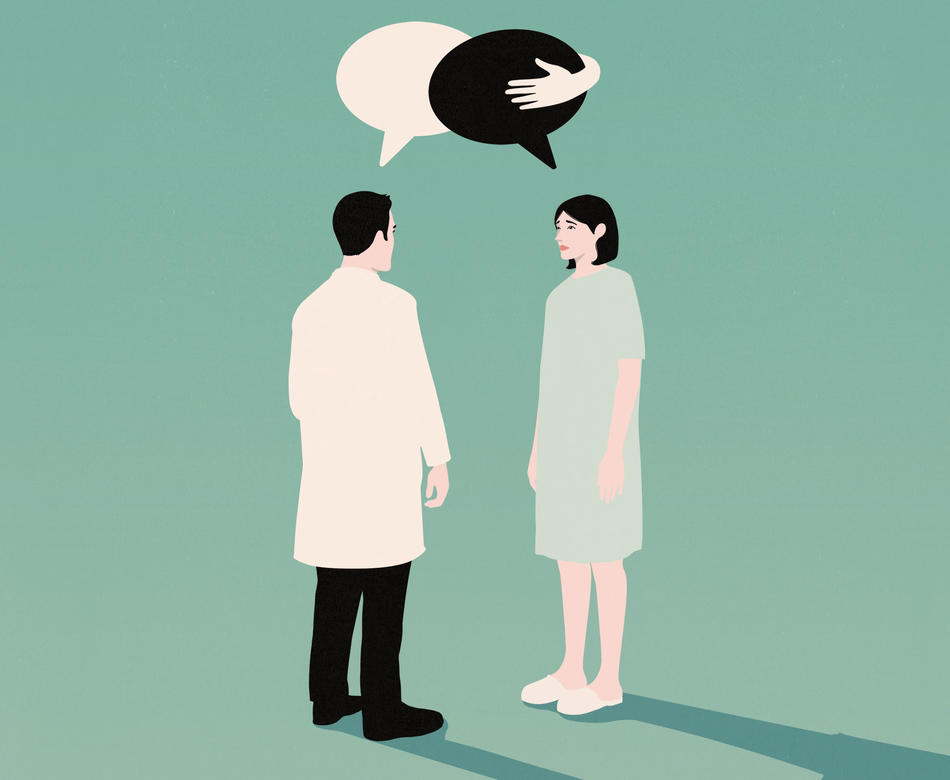“People need a way to tell and listen to stories at the most difficult points of their lives,” said Lucia Knoles, an English professor at Assumption College in Worcester, Massachusetts.
Knoles was one of over a hundred people from around the country and the world — doctors, social workers, therapists, writers, chaplains — who journeyed to the Columbia University Irving Medical Center campus in October for a three-day workshop on the rising field of narrative medicine.
Participants filtered through the lobby, coffee in hand, and into a lecture hall, where physician and literary scholar Rita Charon ’99GSAS, a Columbia professor of medicine, expounded on the virtues of what she terms “radical listening.” Charon, who is the inaugural chair of the Department of Medical Humanities and Ethics, established the field of narrative medicine at Columbia in 2000 and directs the University’s master’s program in narrative medicine — the first of its kind in the nation, and the model for academic programs at other universities.
Narrative medicine teaches that health care is strengthened when practitioners listen to patients’ personal stories and validate the complicated feelings their illnesses bring up. To illustrate the problem that narrative medicine seeks to address, Charon projected two pictures on a screen. The first was of Earth floating in outer space. The second was of a human cell. That huge chasm between the macro and the micro, the general and the specific, is why medicine needs the humanities, she said. “In medicine, we got very good at talking about the human body,” Charon told the crowd. “But we got dumber and dumber about paying attention to the individual.”
Charon, who wrote her dissertation on Henry James, recalled the first time she “strayed from medical routine,” as she put it. “I asked a patient, what do I need to know about you?” Charon said. “He tells me quickly about being sexually assaulted as a child, and he’s weeping. I ask him why, and he says, ‘No one’s ever let me do this before.’”
That moment of connection would inspire Charon to explore the idea that patients’ stories have power and value. Pushing back against impersonal norms of health care, she created what would become a new discipline, one that examines how clinicians, patients, and those touched by illness — inevitably, all of us — can use narrative tools to improve care and nurture empathy.
Listening to and sharing stories of sickness defies the often hurried, harried world of medicine, Charon said. But the method has proved so promising that all first-year Columbia medical students must now take one narrative-medicine course.
Outside the lecture hall, Knoles, the English professor, explained why she was at the workshop, which included talks, small-group seminars, writing exercises, close readings of short stories, and discussions of paintings and photographs. “Just after college, not having a clue what to do with my life, I spoke with a therapist. He told me to remember two things. One, you can’t solve everyone’s problems. Two, everyone you love will suffer.”
She paused, finishing her coffee.
“But he never taught me the third thing: how to ease the suffering of others I’ve learned the best way to do that is to bear witness to people’s stories. To be with them.”
This article appears in the Winter 2019-20 print edition of Columbia Magazine with the title "Patient Storytellers."



